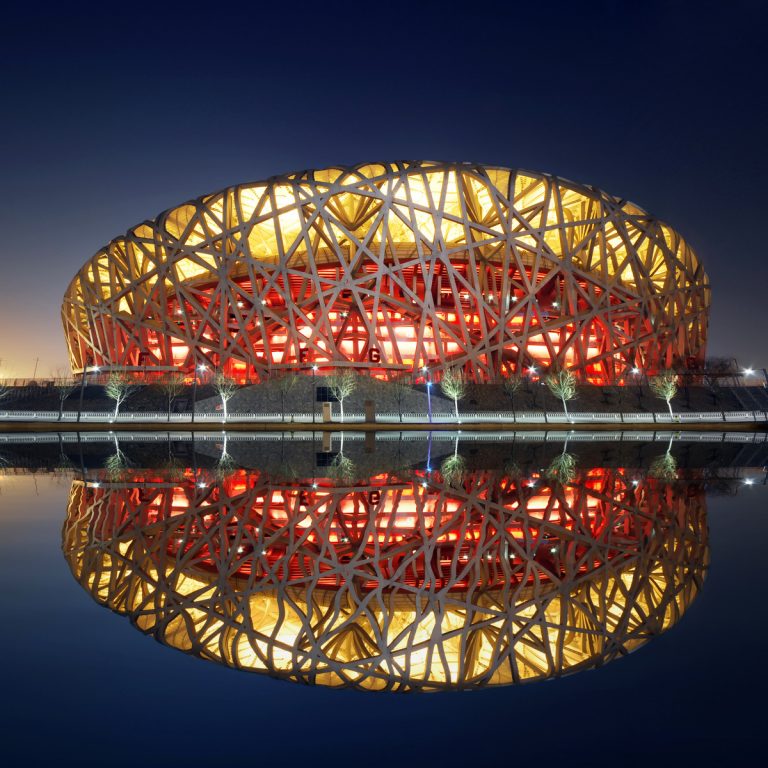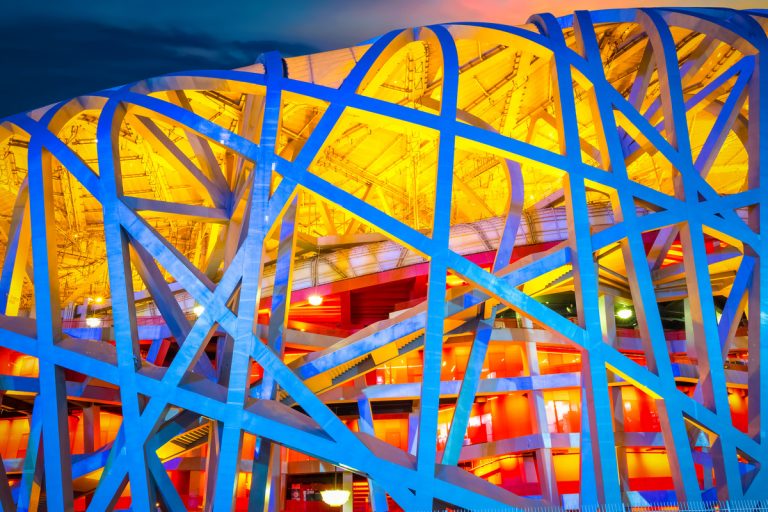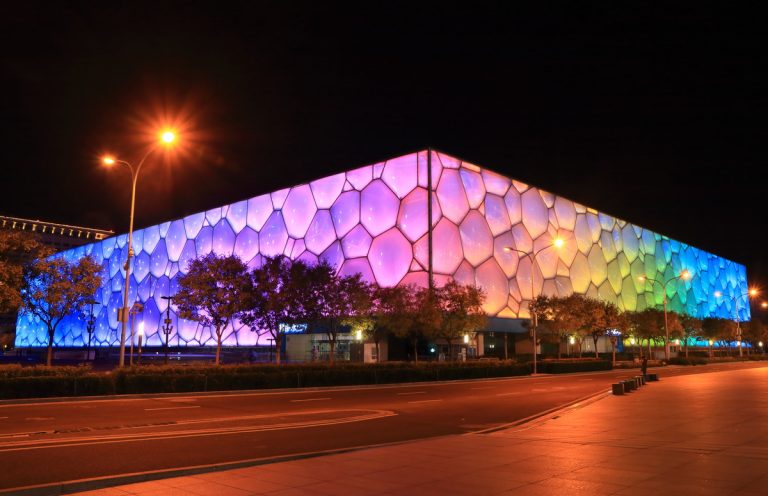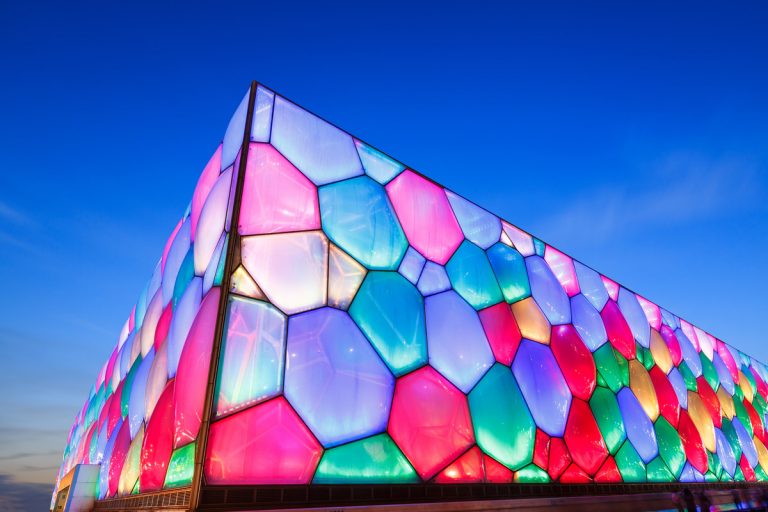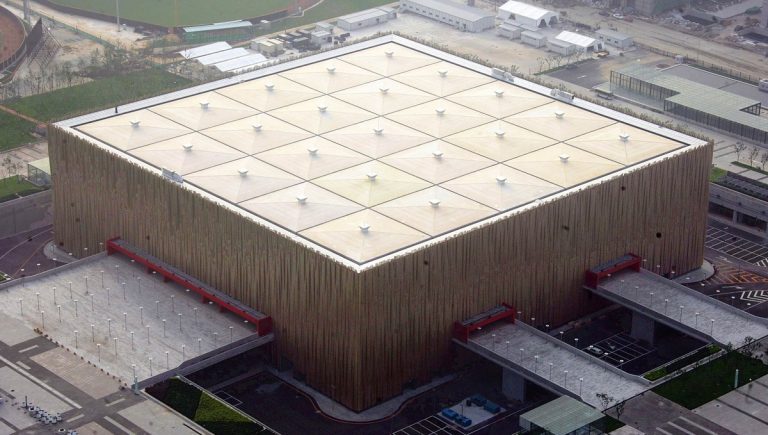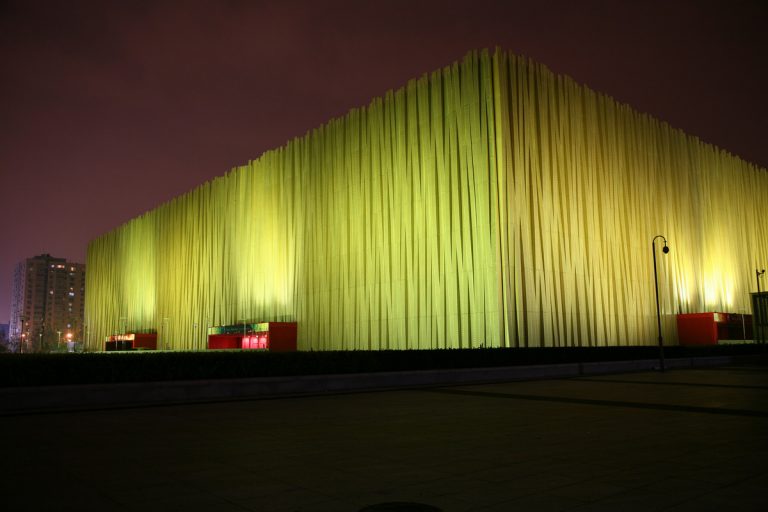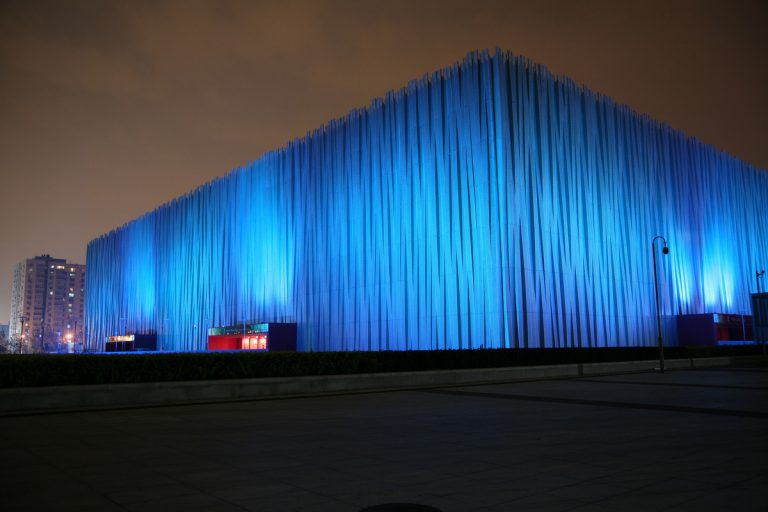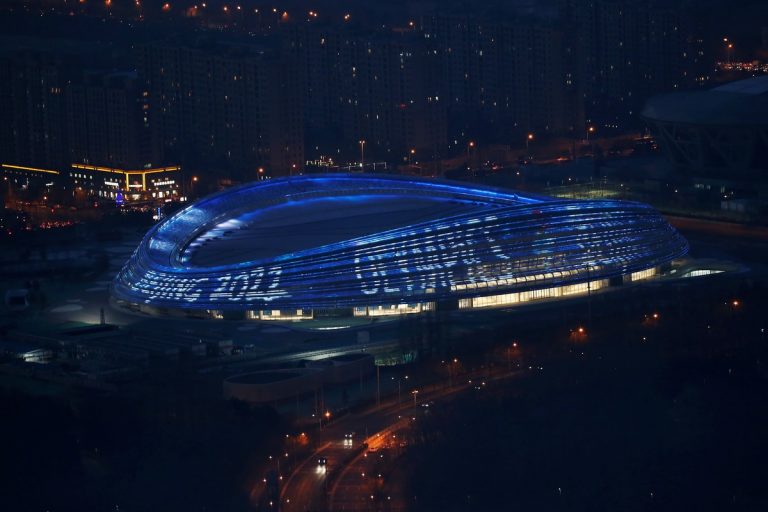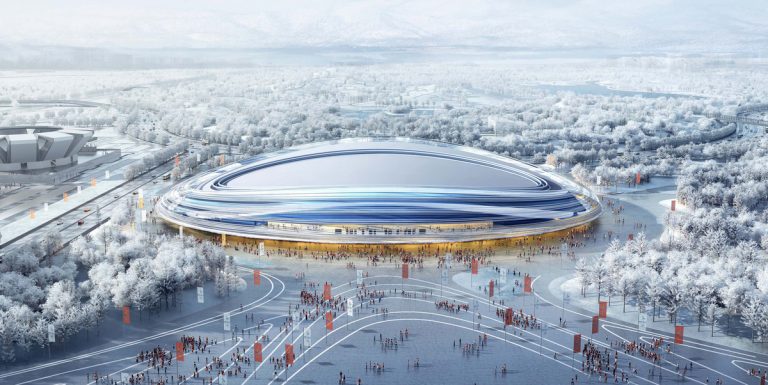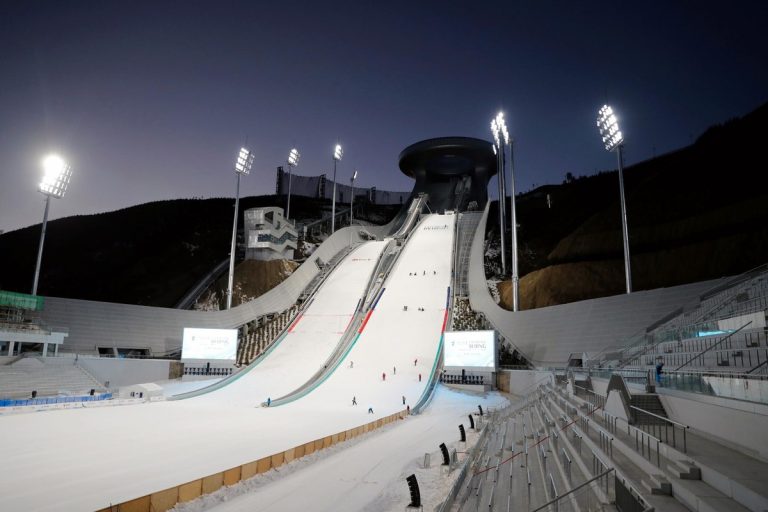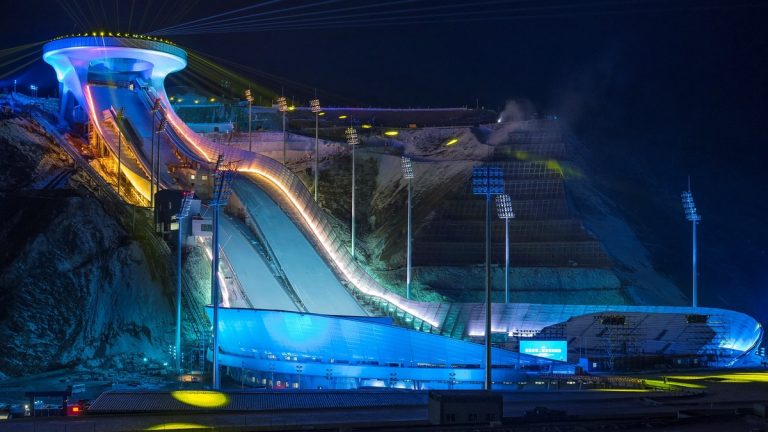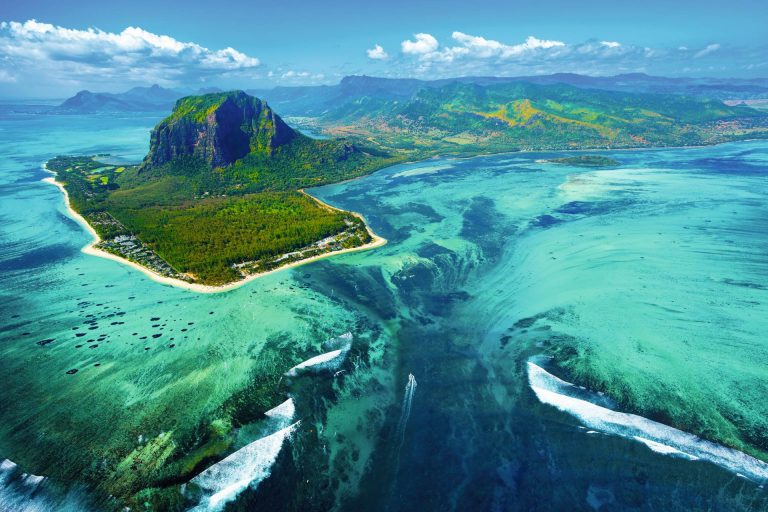In February, the fire of the XXIV Olympic Winter Games burns in Beijing. It’s time to remember a little history and get acquainted with the arenas that will host the competitions of the White Olympics – 2022.
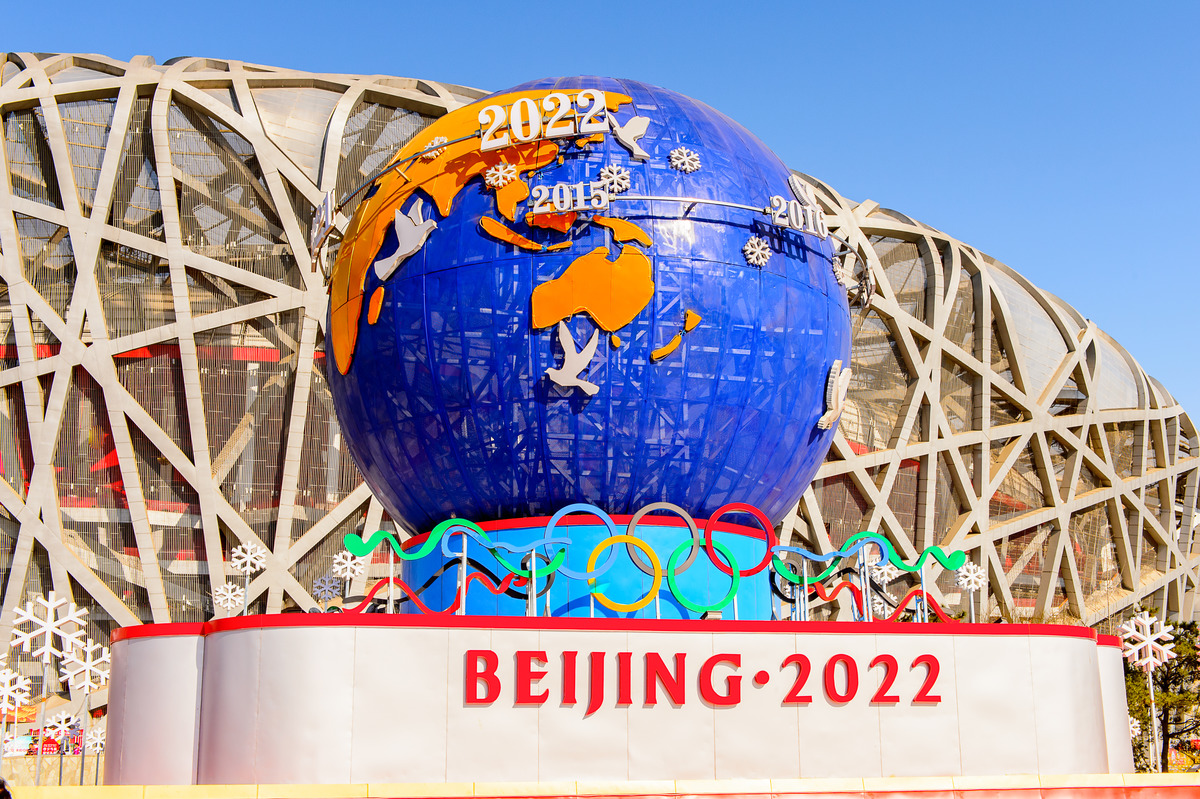
If you do not divide the Games into summer and winter, for the first time in history, the third Olympics in a row will be held in Asia. The Olympic Orient Express will make a stop in the capital of the Celestial Empire after the Korean Pyeongchang and Tokyo, but this will end its record route. The capitals of the next four of the five Games until 2032 have already been announced, and representatives of the most populous part of the planet are not among them.
The idea of the modern Olympic Games arose at the end of the 19th century among the European aristocracy. For this reason, at the dawn of Olympism, the Games were held exclusively in Europe and in the United States, and in this “race” they went far ahead. Only since the middle of the last century, the International Olympic Committee, when choosing the capital of the Olympics, discovered new parts of the world, but, for example, the Games have never been held in Africa yet, and in South America – only once.
The Asian debut of the Olympics was supposed to happen in 1940, when Japan received the right to host both the summer and winter Games at once, but she had to abandon this idea due to the start of the Sino-Japanese War. The Land of the Rising Sun held its first Olympics in Tokyo (1964, summer) – and subsequently did so three more times: in Sapporo (1972, winter), Nagano (1998, winter) and again in Tokyo (2021, summer). The second of the Oriental powers joined the Games in Korea, which today has two tournaments held: in the summer of 1988 in Seoul and in the winter of 2018 in Pyeongchang. The third in 2008 was China. Then Beijing held the summer Games with great fanfare, and now in the coming February it will also host the winter ones. And this is another Olympic record – for the first time in history, one city will become the Olympic capital both in summer and in winter.
The competitions of the 2022 Games will be concentrated in three clusters: “ice” in Beijing, “snow” – in Yanqing and Zhangjiakou. Five arenas will be involved in the capital cluster, which hosted the competitions of the Summer Olympics 14 years ago. All of them have undergone renovation in order to adapt them to the needs of winter competitions. The main handsome stadium of the 2008 Games, the Bird’s Nest (capacity – 91 thousand spectators), which then hosted the entire athletics program and the final of the football tournament, this time will be limited to the opening and closing ceremonies of the Olympics.
Specially for the 2022 Games, a springboard was built for snowboarding and freestyle competitions in the Shougan Snow Park.
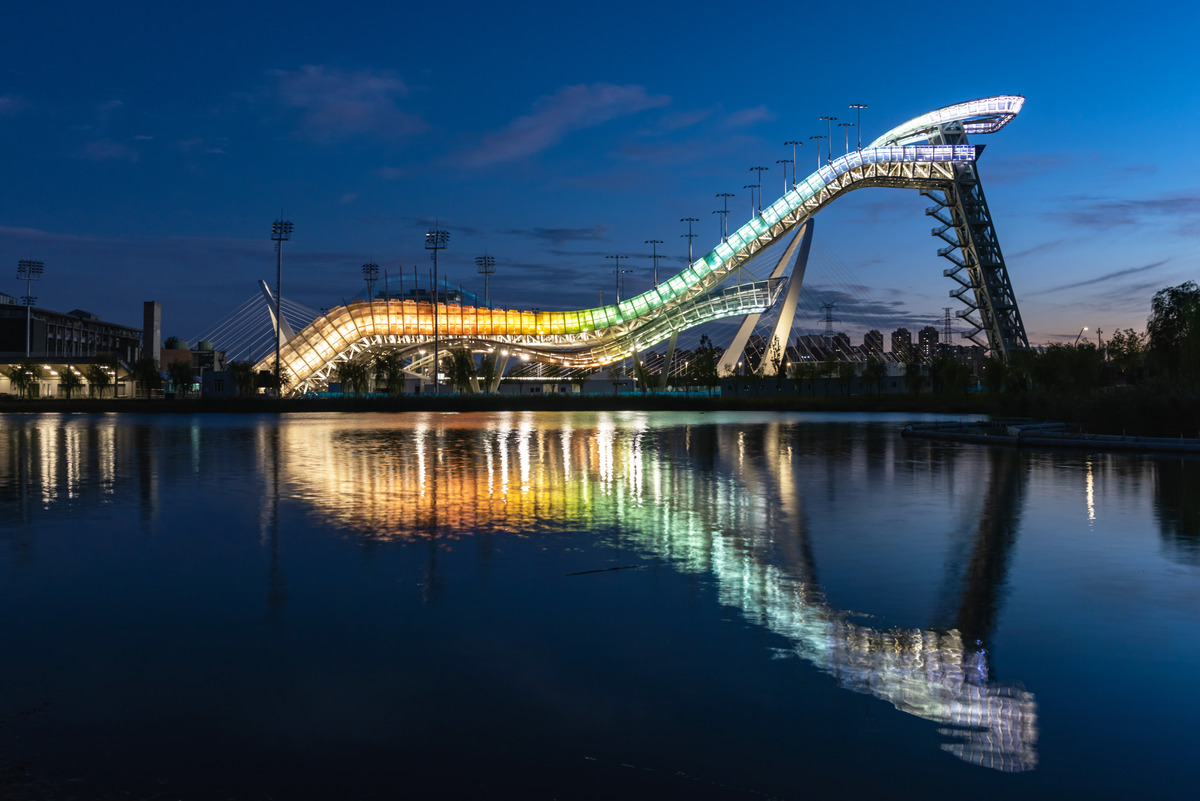
The “Water Cube” (officially called the National Swimming Complex) has undergone an impressive transformation. The Olympic swimming pool, where 25 world records were set, changed water to ice and temporarily turned into a curling arena with 4.5 thousand seats. Now this architectural wonder with color-changing walls is called the Ice Cube.
The National Sports Palace (or “Fan”, as it was nicknamed for some external resemblance to this element of traditional Chinese culture) was then home to gymnasts, trampolines and handball players. Now it will become one of the two arenas that will host the Olympic hockey tournament. Capacity – 18 thousand spectators.
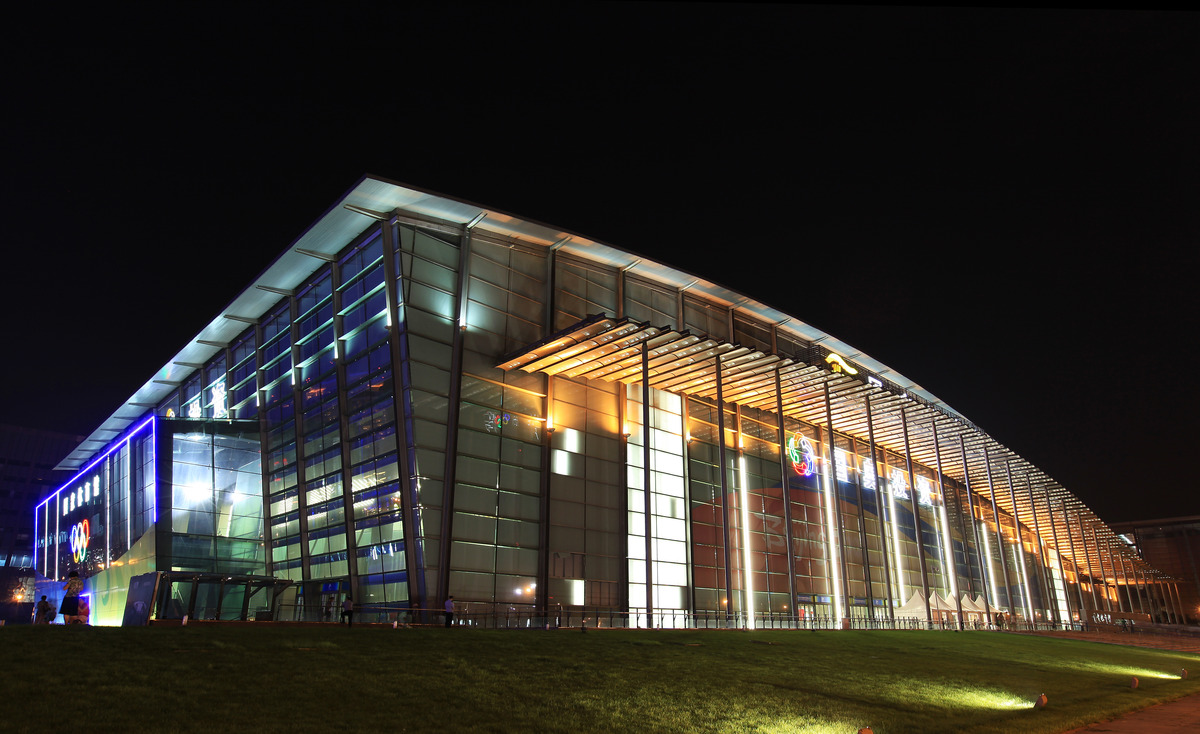
The second hockey arena will be Wukesong Arena (also for 18,000 spectators), built for the basketball tournament of the 2008 Games. The home arena of the Kunlun Red Star Hockey Club, which plays in the Kontinental Hockey League, like most modern multi-purpose stadiums, is easily transformed into different sports and concerts.
The oldest of the arenas of the 2022 Olympics is the Capital Palace of Sports. At the 2008 Games, a volleyball tournament was held on its parquet, now masters of figure skating and short track will compete here. Opened in 1964, the palace has a glorious history. Here is just one of its episodes: in 1971, during the visit of US President Richard Nixon to China, a symbolic table tennis match between the Chinese and US teams was held here, enriching the vocabulary with the expression “diplomatic ping-pong”. You probably saw an allusion to that meeting in the movie Forrest Gump.
In addition to the arenas that have become the legacy of the 2008 Games, two state-of-the-art stadiums have been built in the Chinese capital for the White Olympics. One of them is the National Skating Oval (unofficially called “Ice Ribbon”) for 12,000 spectators, where competitions of ice speed walkers will unfold. The largest stadium of its kind in Asia, it was erected on the site where the Olympic field hockey and archery competitions were held 14 years ago.
The creators of the “Ice Ribbon” were inspired by one of the architectural masterpieces of Beijing, the Temple of Heaven, whose features are discerned in the exterior of the arena.
Also, specifically for the 2022 Games, a springboard was built for snowboarding and freestyle competitions in the Shougan snow park (the sports discipline in which it is used is called “big air”). The park was laid out on the site of a metallurgical plant, closed for the summer Olympics to improve the environmental situation. Usually big air jumps are dismantled after the competition. Reminiscent of its coils of a huge dragon, “Big Air Shougan” will be the world’s first stationary springboard for this discipline.
The second competitive cluster will be located in Yanqing, a northwestern suburb of Beijing, in a mountainous area 75 km from the center of the capital. The train express allows you to cover this distance in 26 minutes. Yanqing is famous for the fact that within its borders is the most popular tourist section of the Great Wall of China – Badaling. Two sports complexes were built in this cluster for the 2022 Games. Firstly, this is the National Luge and Bobsleigh Center, 1.9 km long and with a capacity of 10,000 spectators, which will host bobsleigh, skeleton and luge competitions. This is the first bobsleigh track in China and only the third one in Asia. Secondly, the National Ski Center with stands for 7.5 thousand spectators, seven slopes of which will host competitions in all ski disciplines.
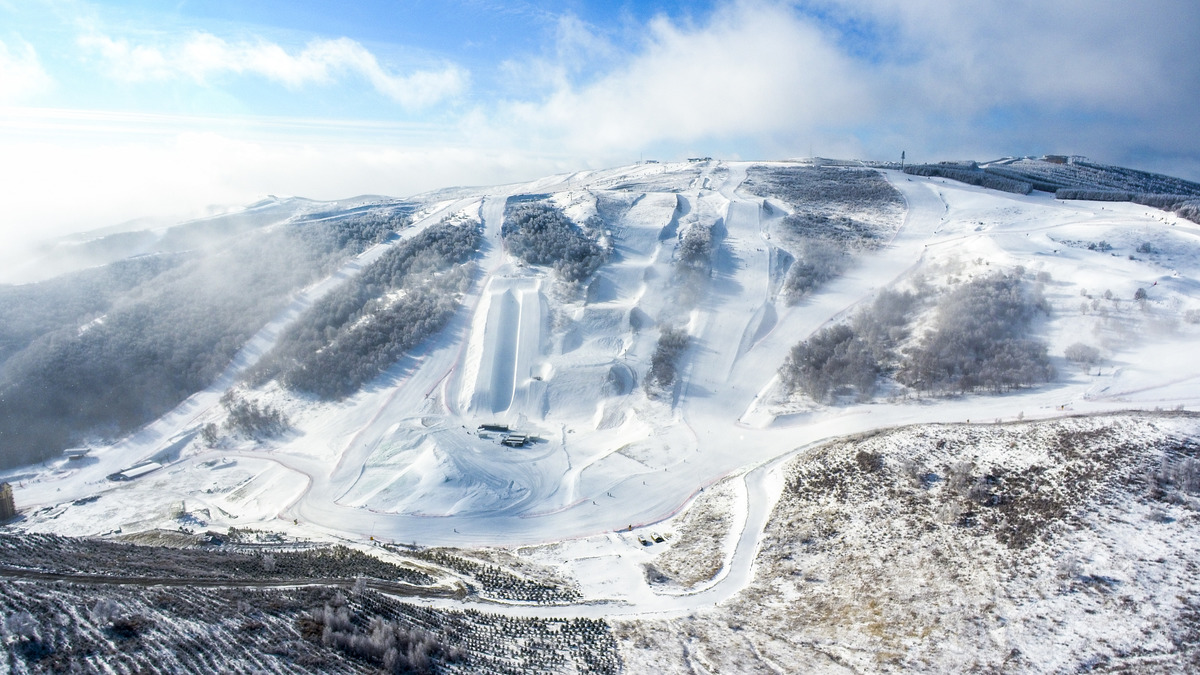
The elevation difference is about 900 meters, the slope is up to 68 degrees. These are the optimal values for the Olympic track. Competitions will be held on artificial snow, since natural snow is not available in this area in sufficient quantities. As in Sochi, the entire ski infrastructure was built here from scratch.
The third cluster, centered on Zhangjiakou, is located 180 km northwest of Beijing. Both cities are now connected by a high-speed railway built specifically for the Olympics, the journey will take about 50 minutes. Skiing sports will be concentrated here: cross-country skiing, biathlon, freestyle, snowboarding, ski jumping and Nordic combined. The National Ski Jumping Center located on the mountain is very picturesque, capable of receiving 6,000 spectators.
Its shape is reminiscent of a traditional Chinese ornament that symbolizes good luck, after which the springboard was nicknamed “Snow Ryui”.
Snowboarding and freestyle competitions will be held in Genthing Snow Park.
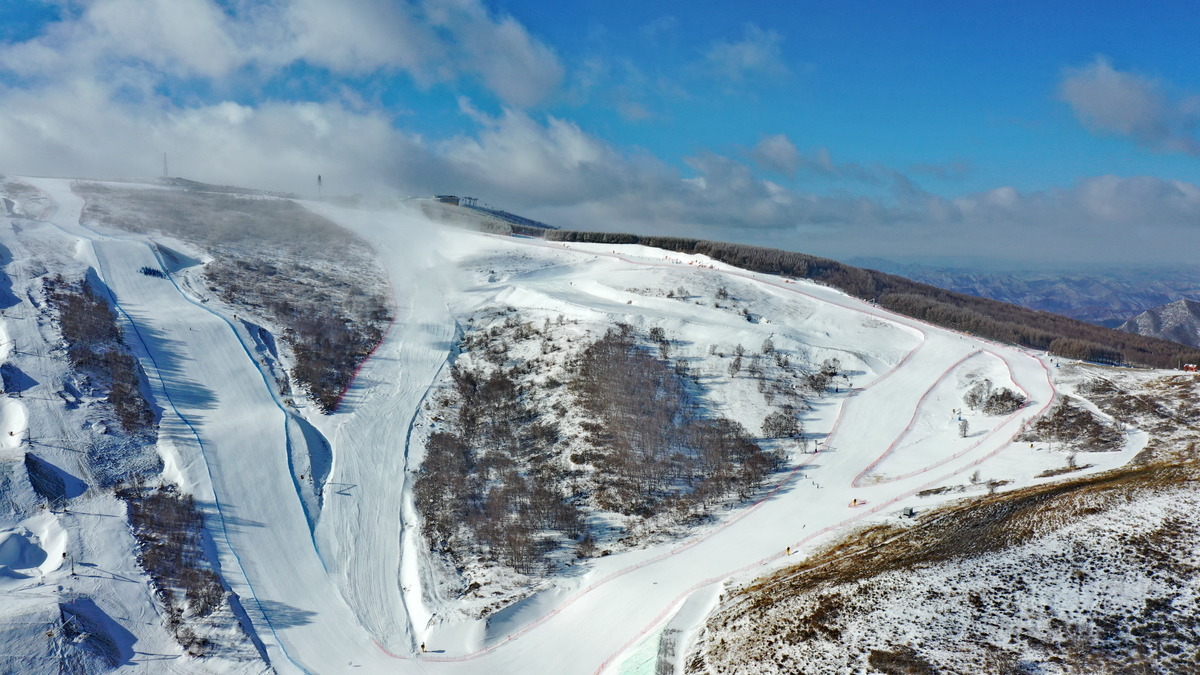
In total, six separate areas have been prepared here for different disciplines of these sports – halfpipe, mogul, slopestyle, cross-country, acrobatics and parallel giant slalom. Their total capacity is 15 thousand spectators.
The National Biathlon Center and the National Ski Center, as you might guess, will host competitions in biathlon and skiing. Each is able to receive up to 10 thousand spectators.
Photo: dreamstime.com; depositphotos.com; olympics.com; shutterstock.com; actionnewsnow.com; aftenposten.no; workercn.cn; istockphoto.com

